‘All Quiet on the Western Front’: 97 years of pages, pixels, and performance
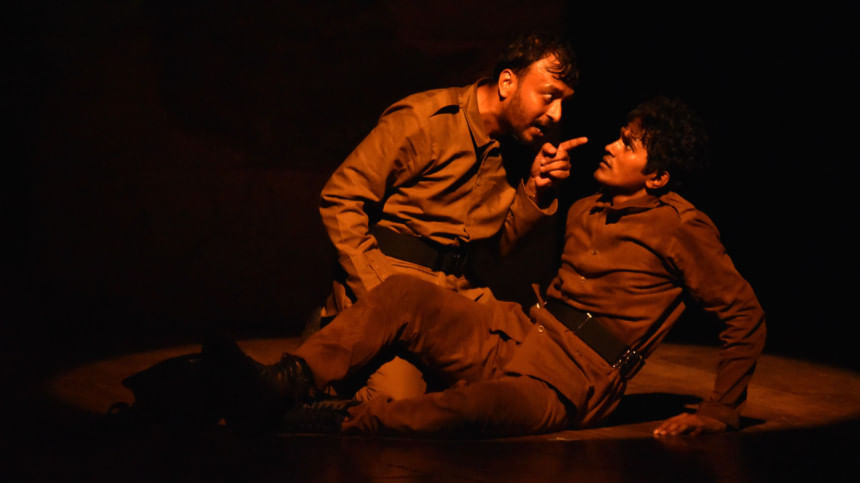
I remember finishing Erich Maria Remarque's All Quiet on the Western Front back in the summer of 2017 within a short span of 36 hours. After eight long years, I don't remember the story in its entirety, but I remember the warm tears flowing down my cheeks as I finished the last few pages of the book. I recall the uncanny sense of horror the book triggered in me regarding the glories of war and the frontier, and the pride of nations.
Remarque's book was first published in German with its original title Im Westen nichts Neues in 1928. One year later, it was translated into English by Arthur Wesley Wheen as All Quiet on the Western Front. Upon its publication, the book received immense appreciation worldwide, redirecting praises and criticisms all over Europe and America. Quickly after its publication, the novel was adapted into a black and white American film in 1930, directed by Lewis Milestone, which secured the awards of two Oscars, including Best Picture at the 3rd Academy Awards of 1930. On the other hand, the Nazi party banned the book in Germany almost at the same time, identifying Remarque's semi-autobiographical novel as "unpatriotic" and "derogatory" for the soldiers of Germany.
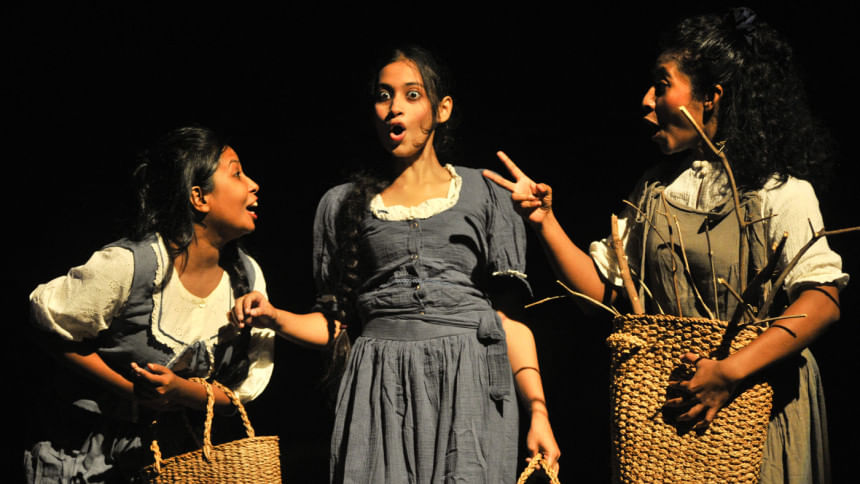
Lewis Milestone's film adaptation reinvented the pages of All Quiet on the Western Front into the pixels of black and white. Later on, the novel went through two more film adaptations filled with the horrific snapshots of war. One came out in 1979 as a CBS television film directed by Delbert Mann, and the other, in 2022, as a Netflix adaptation directed by Edward Berger, which secured four Oscars at the 95th Academy Awards. Other than significant film adaptations, the novel has gone through multiple other forms of adaptations, including comics, radio, music, and audiobooks as well.
About 97 years after its publication, Remarque's novel still stands out as it holds the detailed horrors of the great war, narrated by the young soldier Paul Bäumer. In the backdrop of World War I, the novel opens with the motivation of the schoolmaster Kantorek, who inspires Paul and his young friends to sacrifice their lives for war and their country. The young boys, Paul (Hossain Zibon), Kropp (Tamim Ahmed), Müller (Tareq Shuvo), Kemmerich (Jarin Chakma), Behm (Abdul Kaium), among others, in their youthful romantic vigor, decide to join the war. As they are posted on the frontiers after their training, their reality and perception of war start to change.
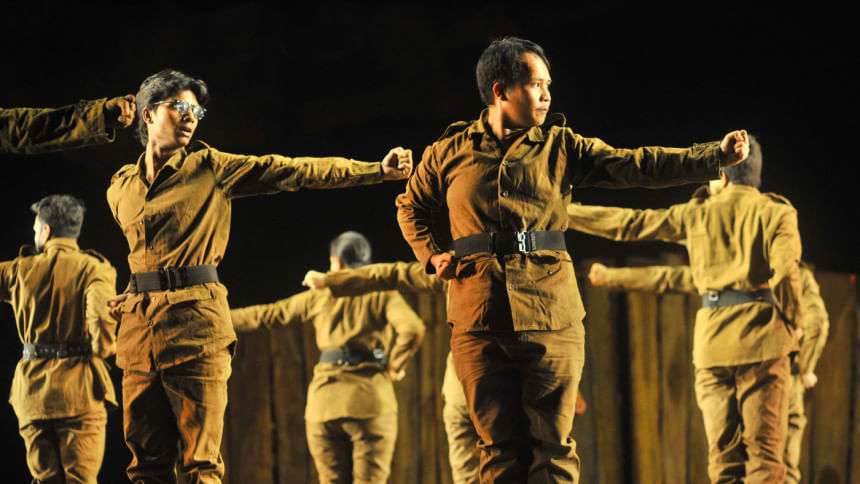
Quite recently, Tarua, a theatre house in Bangladesh, adapted Remarque's work into a stage drama that was performed in Bangladesh Shilpakala Academy from August 13 to 15, 2025. The two-hour-long stage performance of "All Quiet on the Western Front" directed by Bakar Bakul disturbed the inertia of the entire Shilpakala audience gallery. The incredible incorporation of sounds, symbolisms, and lighting released a long, distressing aura of the war frontier into the entire theatre. The actors of the play complemented the setting by creating a fitting adaptation of the novel. Particularly, the acting of Paul Bäumer (by Hossain Zibon) was remarkable and noteworthy, especially considering the fact that he had to continuously perform for such a lengthy time.
Not only Paul but the entire acting crew deserves a pat on the back. The drama in its entirety presents a number of bold scenarios; in particular, the instance where Paul and two of his friends woo three females near the riverside. The variance of language between the soldiers and the courted ladies in the drama was quite evident in its presentation, which became a bold and artistic symbol of "difference" and was thought-provoking.
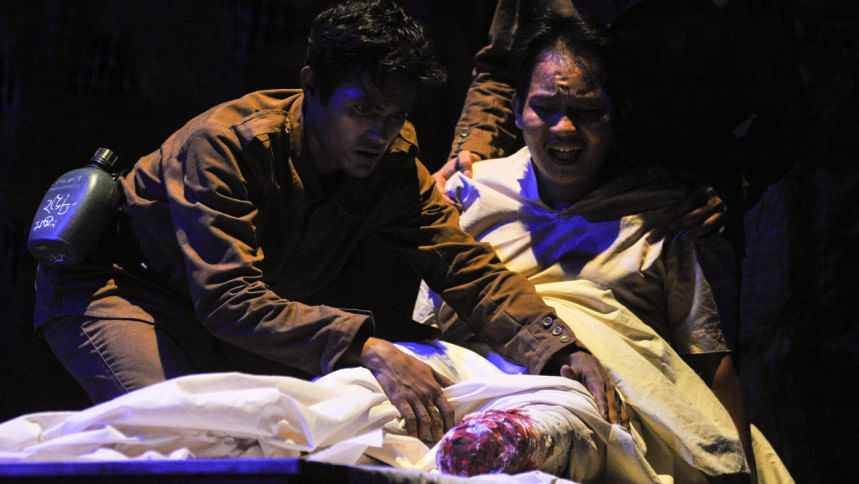
These scenes also reflect the sense of hopeless romance and youth through Paul Bäumer and his friends, and intertwined with the struggling PTSD that they developed during their time at war, initiated in the audience a visceral reaction to the hopelessness that pervaded the story. The portrayal of the mental breakdown of the young soldiers seemed so deliberate that it made the audience question the existence and necessity of war.
Moreover, the work of sound and lighting by team Tarua deserves huge applause; the sound at the frontier, including that of bullets, grenades, and bombs, was effectively used to heighten the tension of the play. Using multiple iconic live performances such as Bob Dylan's "Blowin' in the Wind" (1962) alongside many others, enabled the play to achieve its artistic apex of expression. The use of red and blue lights in the background illustrated different moods of the play's progression, and also complemented the narration of the story. Additionally, a soundless frontier symbolised the sudden pauses of war and also reinforced a nerve-wrecking tension among the entire gallery.
Similar to how the play starts, it also ends with the colourful, subtle image of the butterflies flying spontaneously, creating a strong symbolism encapsulating Paul's dream of freedom, nature, and his ambition of becoming a writer.
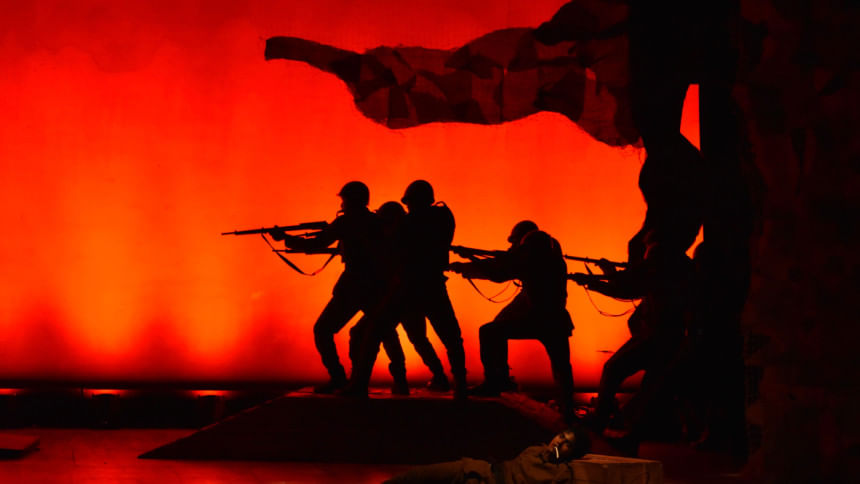
The play finished with shouts and applause from the audience. Although I realised that there had been certain creative adjustments in the play from the storyline of the novel, I could not help but notice a drop of tear rolling down my cheeks. With that drop of tear, I recounted that uncanny sense of horror the book had ingrained in me nearly eight years ago. After all this time, I understood why these 97 years of Remarque's All Quiet on the Western Front adaptations are still relevant today. Especially, in a time when we are only a brink away from another great war itself.
K.M. Arefin is a passionate writer and poet. He works as a faculty member at Bangladesh University of Professionals and is a researcher of Postcolonial Bengali Literature. Reach him at [email protected].

 For all latest news, follow The Daily Star's Google News channel.
For all latest news, follow The Daily Star's Google News channel. 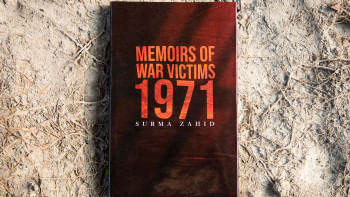
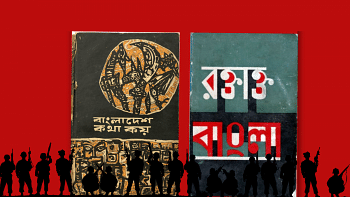






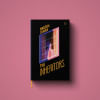


Comments